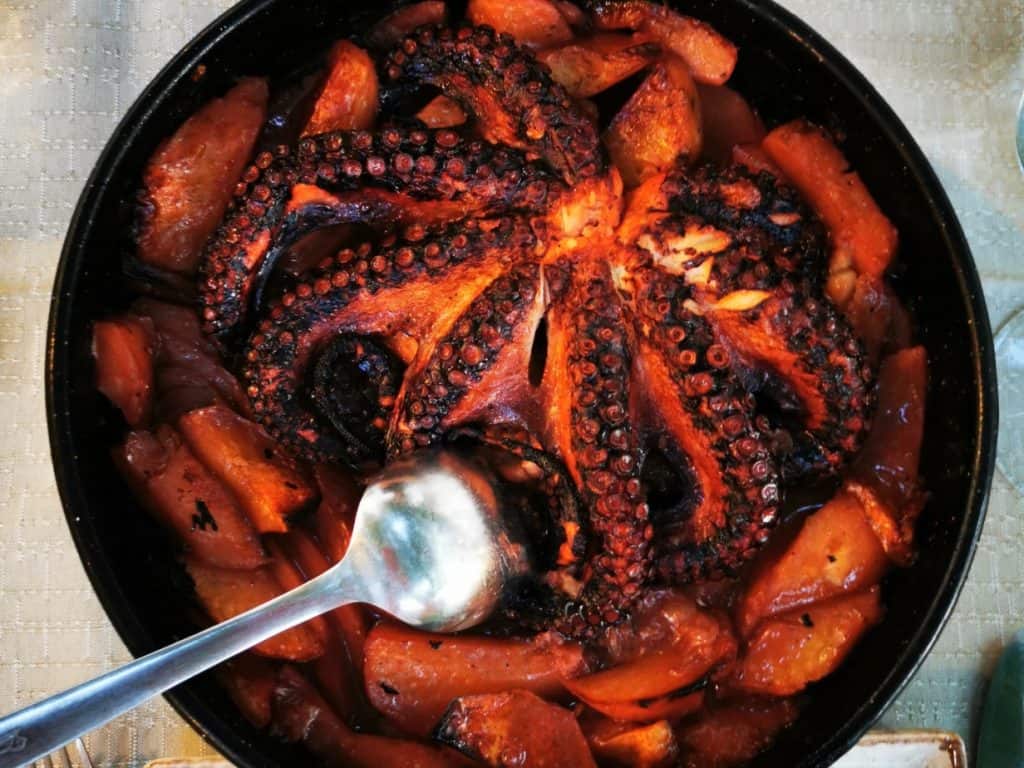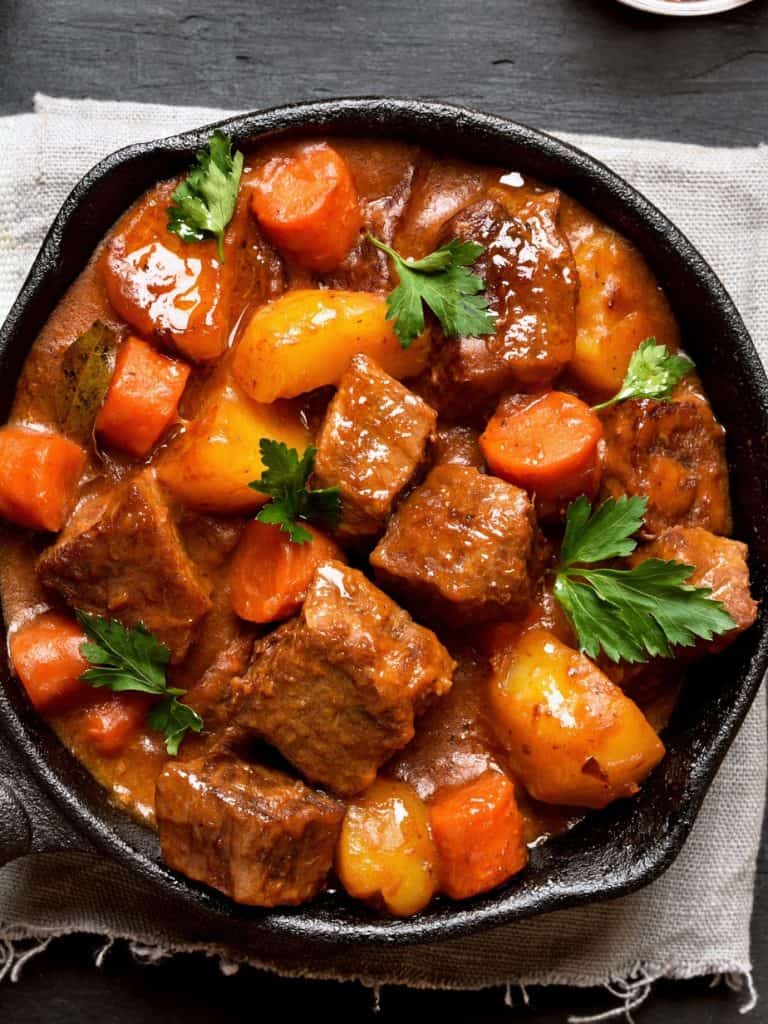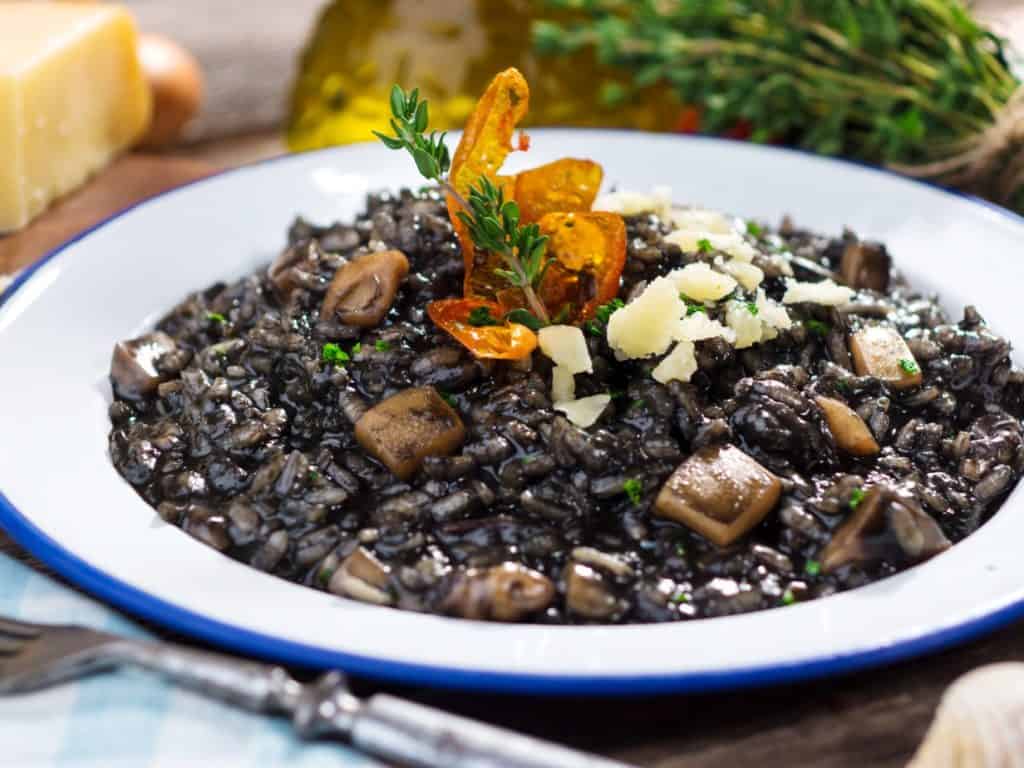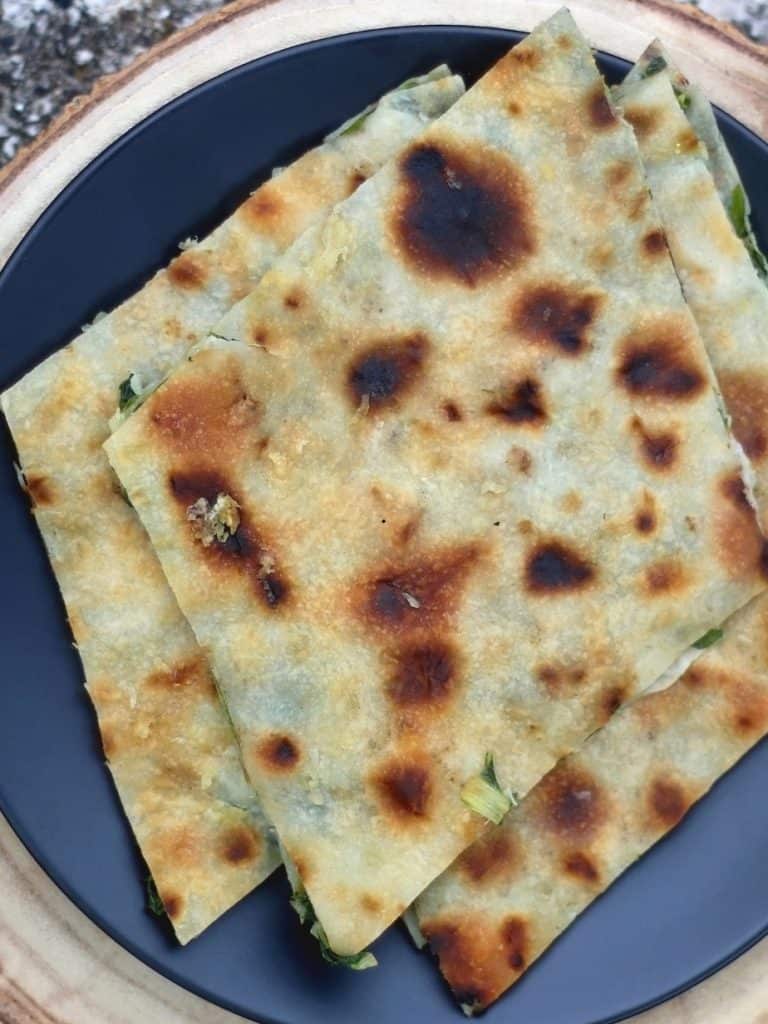The Top 5 Foods You Should Try in Croatia

Croatia’s culinary landscape is a delicious reflection of its diverse history and regional influences. Croatian cuisine offers something for everyone, from the Mediterranean flavors along the coast to the hearty inland dishes. Whether sampling seafood straight from the Adriatic or trying traditional comfort foods in the heartland, you’ll experience an unforgettable journey through taste. Here are the top 5 foods you must try when visiting Croatia, along with a deeper look at their history, preparation, and the best places to find them.
Jump ahead to:
1. Peka (Under the Bell)

A quintessential Croatian dish, the Peka is all about slow-cooking meat and vegetables in a large iron dome called a “peka,” buried under hot coals. This ancient cooking method results in juicy, tender meat and perfectly roasted vegetables infused with the smoky flavor of the fire.
What to Expect: Peka is typically made with lamb, veal, or octopus, accompanied by potatoes, carrots, and other seasonal vegetables. During the long cooking process, the juice from the meat and vegetables mixes into a rich, flavorful broth.
History and Tradition: Peka dates back centuries and is especially popular in the rural areas of the Dalmatian coast and islands. It’s often enjoyed during family gatherings and celebrations.
Where to Try It: While the peka is served in many restaurants, it’s usually made to order due to the lengthy cooking time (up to three hours). Some of the best places to experience this dish are traditional konobas (taverns) in Split, Hvar, and the Pelješac Peninsula.
2. Ćevapi (Grilled Minced Meat)

Ćevapi is a staple of Croatian street food culture. These small, flavorful sausages are made from a mix of ground meats (usually beef, lamb, and pork) and grilled to perfection over an open flame. Served with soft lepinja bread, ajvar (roasted red pepper and eggplant spread), and onions, ćevapi is the ultimate comfort food.
What to Expect: The sausages’ smoky, slightly charred exterior gives way to a juicy interior, and the combination of flavors from the ajvar and bread makes each bite satisfying and hearty.
History and Tradition: Ćevapi has its roots in the Balkans, and you’ll find variations of this dish throughout Southeastern Europe. In Croatia, it’s trendy in the northern regions like Zagreb and Slavonia.
Where to Try It: You can find ćevapi at food stands, traditional grills, and fast food restaurants throughout Croatia, but for an authentic experience, try it at a local tavern in Zagreb or Osijek. Batak Grill in Zagreb is well known for serving up some of the best ćevapi in the city.
3. Pašticada (Dalmatian Stew)

Pašticada is a rich, slow-cooked beef stew steeped in Croatian tradition, particularly in the Dalmatian region. The dish begins with marinating the beef (often beef rump or round) in vinegar, garlic, and herbs for up to 24 hours. The meat is then braised with vegetables, prunes, wine, and spices, resulting in a flavorful stew.
What to Expect: The beef is incredibly tender after hours of slow cooking, and the rich, slightly sweet sauce is perfectly complemented by gnocchi or pasta.
History and Tradition: Pašticada is a popular dish for the Dalmatian region’s weddings, holidays, and family gatherings. Each family often has its recipe passed down through generations. The dish has roots dating back to the Roman Empire, which speaks to its enduring appeal.
Where to Try It: Pašticada is best enjoyed in Dalmatia, with cities like Split, Trogir, and Dubrovnik offering excellent options. Konoba Varos in Split is famous for its traditional pašticada, often served with homemade gnocchi.
4. Crni Rižot (Black Risotto)

Croatia’s coastline is known for its abundance of fresh seafood, and crni rižot (black risotto) is one of the standout dishes. Made with squid or cuttlefish and cooked in its ink, this risotto gets its signature dark color and briny, umami-rich flavor from the squid ink.
What to Expect: The risotto is creamy and intensely flavored with a mix of seafood and garlic, along with the slightly salty, earthy taste of the squid ink. It’s a visually striking dish and deeply satisfying for seafood lovers.
History and Tradition: Crni rižot has deep roots in Istria and Dalmatia, regions known for their love of seafood. This dish reflects the strong Mediterranean influences in Croatian cuisine and has been a local favorite for generations.
Where to Try It: Head to coastal cities like Dubrovnik, Zadar, or Rovinj to find the freshest and most authentic crni rižot. Kamenice in Dubrovnik is a highly recommended spot to enjoy this seafood delicacy.
5. Soparnik (Swiss Chard Pie)

To taste Croatia’s rural traditions, try soparnik, a savory pie made from simple ingredients: Swiss chard, onions, and garlic encased in thin layers of dough. This dish originates from the Dalmatian hinterland and is mostly always baked in a wood-fired oven, giving it a slightly smoky flavor.
What to Expect: Soparnik is known for its light, flaky crust, and flavorful filling, with the Swiss chard adding a fresh, slightly bitter taste. It’s usually served as a snack or appetizer and is often brushed with garlic-infused olive oil before serving.
History and Tradition: Soparnik dates back to ancient times and is considered one of Croatia’s oldest traditional dishes. It was initially considered a peasant food, but it has since become a celebrated dish often served during festivals and holidays.
Where to Try It: You’ll find a spark at markets and festivals in towns across the Dalmatian region, particularly in the Omiš area. It’s also served at local bakeries and traditional restaurants. For an authentic experience, visit a family-run konoba in the Dalmatian countryside.
More For You

From the Dalmatian hinterland’s rustic dishes to the Adriatic coast’s seafood specialties, Croatia’s culinary traditions are as diverse as its landscapes. These five dishes offer a slight taste of the rich flavors you’ll find nationwide. Explore local restaurants, family-run konobas, and bustling food markets to immerse yourself in Croatia’s vibrant food scene fully.
Are you looking for more travel and culinary tips? Explore our blog for hidden gems, local food guides, and insider travel recommendations.




